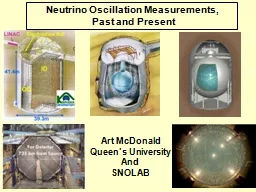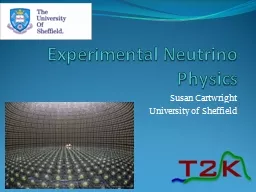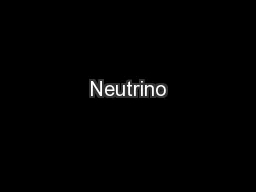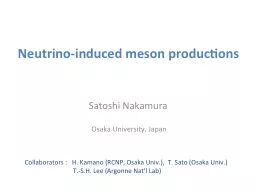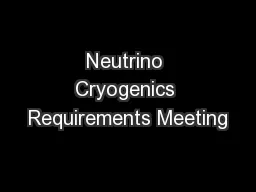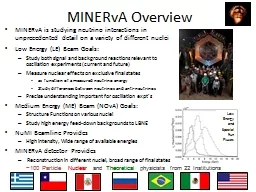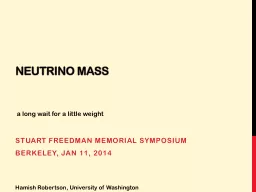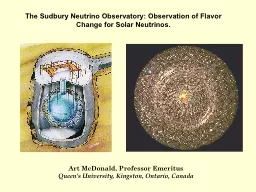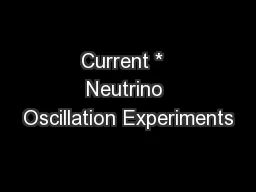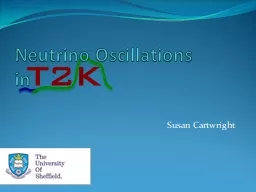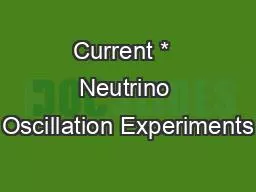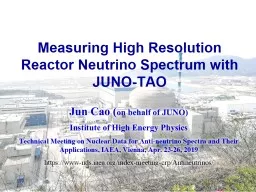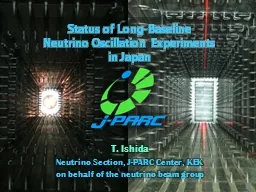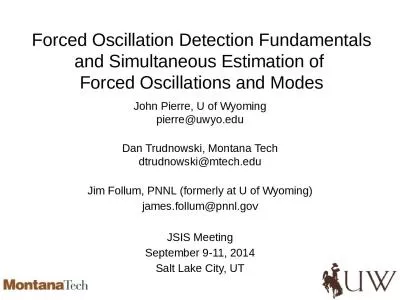PPT-Neutrino Oscillation Measurements,
Author : natator | Published Date : 2020-07-03
Past and Present Art McDonald Queens University And SNOLAB 1940s to 1960s Neutrino oscillations were proposed by Pontecorvo in 1957 motivated by initial reports
Presentation Embed Code
Download Presentation
Download Presentation The PPT/PDF document "Neutrino Oscillation Measurements," is the property of its rightful owner. Permission is granted to download and print the materials on this website for personal, non-commercial use only, and to display it on your personal computer provided you do not modify the materials and that you retain all copyright notices contained in the materials. By downloading content from our website, you accept the terms of this agreement.
Neutrino Oscillation Measurements,: Transcript
Download Rules Of Document
"Neutrino Oscillation Measurements,"The content belongs to its owner. You may download and print it for personal use, without modification, and keep all copyright notices. By downloading, you agree to these terms.
Related Documents

